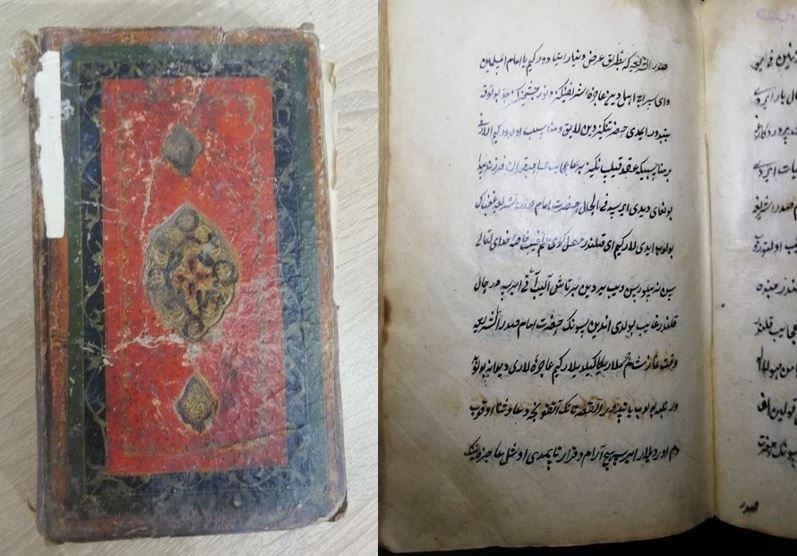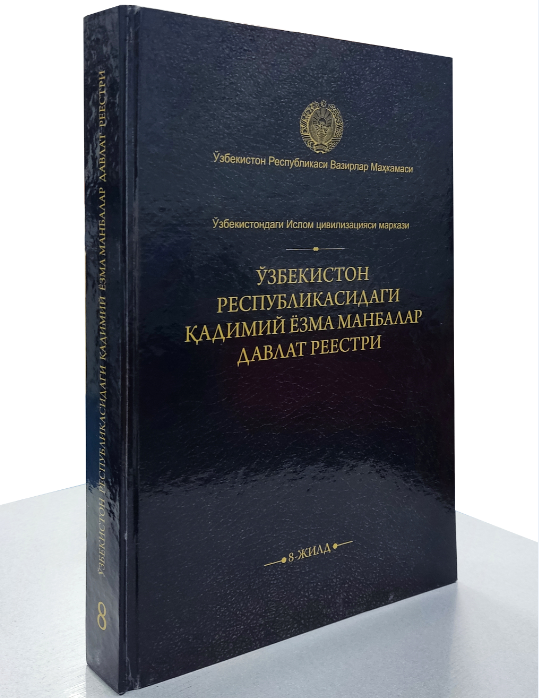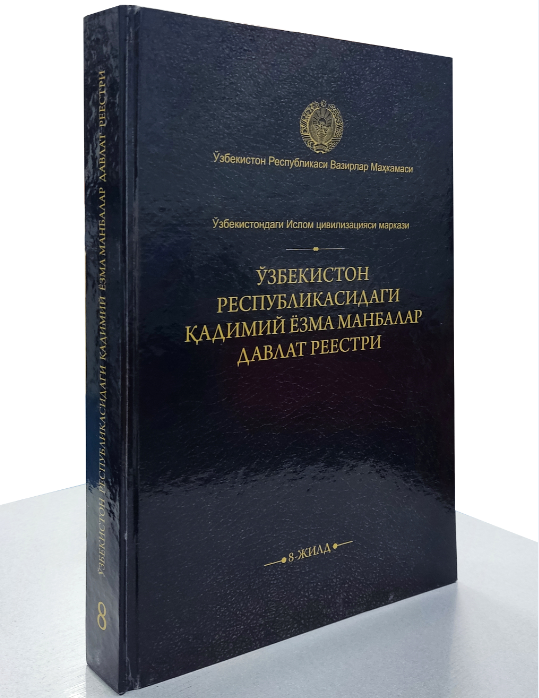During the international cultural heritage week in Uzbekistan, titled “Phenomenon of Eastern Renaissances: Dynasties, Religions, Figures, Discoveries” new details were revealed about an ancient Uzbek manuscript on Amir Timur’s life. This information was shared by Dr. Badriddin Maqsudov, a philologist and professor at Tajik National University, who is also a member of the Worldwide Society for the Preservation, Study, and Popularization of Uzbekistan's Cultural Heritage.
According to Maqsudov, the book, titled “Manaqib Amir Timur Sohibqiron,” may be the oldest extant Turkic manuscript on Amir Timur. While numerous historical, scientific, and literary works about Amir Timur exist, including the “Temur Tuzuklari” attributed to Timur himself, “Zafarnoma” by Nizamiddin Shami, and other works by historians Mirkhond and Khwandamir, this book could predate most known Turkic manuscripts.
The closing section of the Dushanbe manuscript includes the date Rajab 1027 AH, corresponding to June-July 1618. Since the book's colophon implies that it was transcribed by a scribe, it may have been originally composed earlier. The manuscript’s introduction has helped scholars identify the author and ruler of that era.
Other copies of this manuscript are held in Tashkent, including one titled “Agozi Dastoni Amir Timur Kuragon,” preserved at the Institute of Oriental Studies of the Academy of Sciences of Uzbekistan. This 112-page manuscript may be a later copy of Muhammadkhoja ibn Ja’farkhoja's work.
"Manaqib Amir Timur Sohibqiron”* combines folklore with historical narrative, often depicting legendary events and figures as Amir Timur’s contemporaries, making it more a collection of popular myths than a strictly historical account. The manuscript recounts Timur’s birth, battles, and miracles attributed to spiritual figures, resembling folk literature.
Islamic Civilization Center in Uzbekistan plans to analyze this valuable manuscript in collaboration with renowned historians, with plans to publish a facsimile and a current Uzbek script version in the future.






